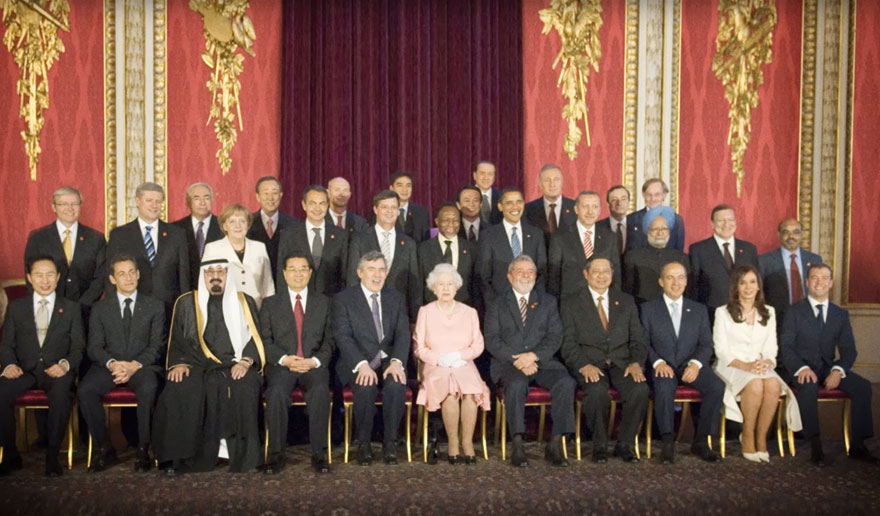

Photos from Elle magazine’s #MoreWomen campaign, produced by Alex Holder and Alyssa Boni from RSA films demonstrate the deficiency of gender diversity.


March brought increased dialogue surrounding gender diversity. After all, March 8th was International Women’s Day, and in several countries March boasts Women’s History Month.
State Street Global Advisors introduced a fund with the ticker symbol SHE. Kristi Mitchem, Executive Vice President and head of the Americas Institutional Client Group, said it will invest in U.S. companies that “are leaders in advancing women through gender diversity on their boards of directors and in management.”
This month, an all-female United Airlines flight crew flew from San Francisco to Maui. Certainly a rare event in the male dominated aviation world.
With the transformation of FIFA, Billy Jean King and others are making a push to expand the women’s soccer game as well as women’s overall influence on the game.
On a personal note, having had a routine diagnostic procedure, I took a second look when I noticed that the total team of medical professionals consisted of women. It’s not uncommon to see females in medicine, but an entire team of women including several physicians is indeed a stark contrast to the norm.
Women have made strong progress in the workforce over the years, but momentum has been slow. Worldwide, women are still significantly underrepresented at most levels within the workforce. With numerous studies sharing the substantial benefits of gender diversity in the workplace, one has to wonder why many organizations are missing out on its value.
Even though they make up more than half of the professional and technical workforce, U.S. women still struggle for equality in many occupations. One hundred years after the first woman was elected to the U.S. House of Representatives, the percentage of women in Congress is just 19% despite composing a majority of the population.
With recruiting tightening up in many sectors of the workforce, it behooves organizations to search the total talent pool, both male and female.
When companies are asked, “why don’t we see more women recruited for a greater number of roles and skill levels”, the issue of unconscious bias is commonly cited.
Why should gender diversity be important to your organization?
· Research demonstrates that businesses having a diverse workforce tend to add more dollars to the bottom line; organizations with the most gender diversity outperform those with the least.
· Diversity produces a deeper analysis of the issues a company might face which leads to better decision-making and performance. It brings together varied perspectives, ideas and insights.
· A company which fosters gender diversity supports retention and increases overall employee perception of the organization.
· Women are thought to take a more cerebral approach to management, with increased care to evaluate things before making crucial business decisions. It’s even been suggested by many that the recent Wall Street crisis would not have happened, or at least not to the severity, if there were more women within leadership positions working in the financial sector.
· Women number more than half the population. Yet, they account for 85% of all consumer purchases including everything from automobiles to health care. Globally, women control $20 trillion in annual consumer spending. In the next five years, that number is expected to rise substantially. To attract those dollars, organizations will need a sound understanding of women’s must-haves. What better way than to have direct access and input from within your own organization.
· Women earn a greater number of post-secondary degrees than men.
· Women are found to be more innovative than their male counterparts.
· Women have a greater attention to detail.
· Research by the Hay Group determined that leadership traits like empathy, conflict management, self awareness and influence were consistently tied to successful business outcomes. These skills were found to be more prevalent in executive level women versus their male counterparts.
· Having more women on a team allows for greater access to resources, such as various sources of credit, information and industry knowledge. It affords organizations to serve an increasingly diverse customer base.
· Research conducted by Roy Adler, professor of marketing at Pepperdine University, demonstrates that corporations with a strong track record of promoting female executives consistently beat their competition across 18 different measures of profitability. Research also shows that including more women on corporate boards boosts new ideas and social responsibility.
· Analysis shows that companies with at least one woman on the board have a higher return on equity, higher earnings and a stronger growth in stock price than companies with all male boards.
Simply, no one can afford to leave out over half of the available workforce when looking for top talent. For these reasons and others, it makes sense for businesses to make gender diversity a priority.
What can you do to recruit more women into your organization?
Although men and women should be equal, they are not necessarily identical. And when searching for the right talent, that needs to be taken into consideration.
· Review your ads, job descriptions and requirements to make sure that they don’t favor one gender over another. “For objective and unbiased job descriptions, companies need to balance masculine words with feminine ones to convey they value a diverse set of skills,” says Anna Beninger, Director, Research, Catalyst.
Words can reflect an employer’s values and culture. Don’t inadvertently discourage women from applying by using stereotypical masculine words. Use the right language when writing your ads. Review them to ensure encouragement for all to apply.
I found this stat quite interesting, men apply to jobs when they only have 60% of the qualifications while women apply when they have 100% of the qualifications.
Research has shown that using masculine words may result in talented women perceiving that they would not fit into the work environment. Words like ninja, rock star, best of best, active, ambitious, analytical, competitive, dominate, challenging, confident, decisive, determined, superior, leader, objective, boasting, superior and independently.
Women tend to look for genuine, thoughtful, compelling words like committed, connected, cooperative, dependable, interpersonal, loyal, responsible, supportive, conscientious, trust, considerate, caring, support, compassionate, relationships, friendly and develop.
· Pay attention to where you post your ads. Ensure they are sites men and women tend to visit. Consider expanding your reach.
· Explore recruiting in universities and colleges to attract women applicants to areas that have been generally destined for men.
· Ensure transparent selection procedures that focus on individual qualities and aptitudes. Use blind resume analysis to avoid potential bias.
· Place greater value on soft skills and abilities.
· Request that interviewers justify the basis for their selection.
· Focus on benefits that parents find most valuable: fair affordable health insurance, flexible work schedules and the ability to take leave to care for a sick child or support an aging parent.
· Encourage vacations and an overall ability to balance work and personal responsibilities.
· Consider job sharing and adoption benefits.
· Host free lunch seminars on elder care, stress management and other topics of interest.
· Allow staff the freedom to make decisions and find ways to make customers happy.
· Allow employees to concentrate, free of distractions.
· Offer parental leave to all new parents regardless of gender.
· Support professional development and mentoring.
· Present advancement opportunities.
· Build supportive environments and work to eliminate conscious and unconscious bias.
· Have policies and practices to ensure equal pay, opportunity and treatment.
· Ensure a qualified pipeline at all levels.
· Don’t wait until an exit interview to talk with an employee, speak to talent who are at risk of leaving early on to better understand how to accommodate and empower them.
· Be timely with recognition; let people know they are appreciated.
Companies that are most successful treat gender diversity as a strategic initiative.
